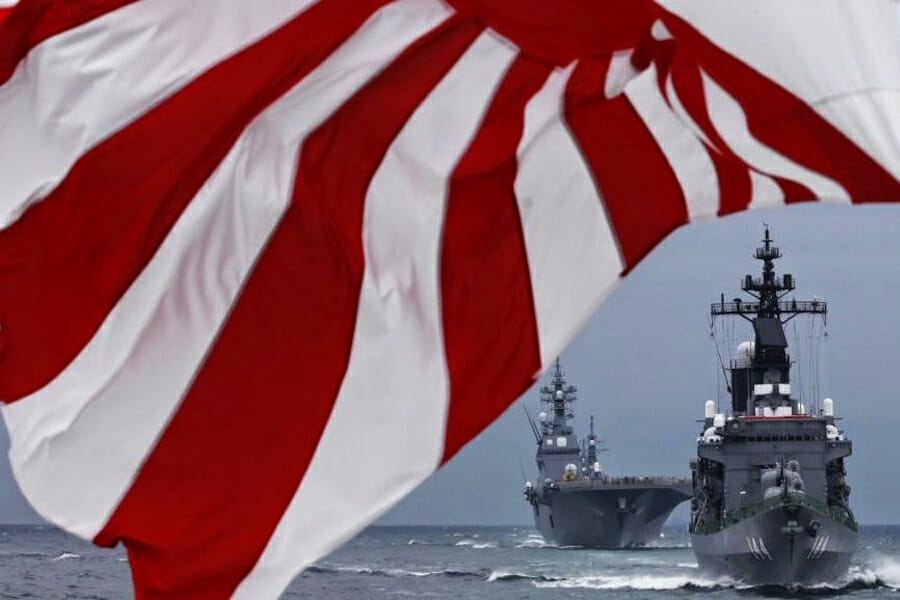
The Senkaku Islands Dispute Needs a Diplomatic Resolution
Over the long term, the main Pacific regional concern is having a stable Sino-Japan relationship and a sustainable US and international presence in the Pacific. That is the single most important objective in the present dilemma. If we ignore the actual ownership and administration and focus on de facto control and access of the islands, which is most important to China, then China is expected to eventually overrun Japan with commercial and merchant ships over the next few decades.
Until then, China must keep the issue of the Senkaku islands alive. China increasingly wants and needs “its” resources and believes that other states as “stealing” them, although this is a region-wide charge that many neighboring countries blame China for. In truth, the natural resources belong to not one particular state. They should be shared.
Presently, the United States does not recognize Japanese legal ownership of the Senkaku islands – only their administrative control. Nevertheless, it will be difficult for the US not to take sides at some point, as it is backing the security of South Korea, Japan, the Philippines, Vietnam and others from any perceived Chinese belligerence.
It is not in the best interest of the US to get involved militarily in these island disputes should an aerial and or naval skirmish occur over the islands. How would the US respond should a larger war ensue and escalate? What are the risks for the US?
China perceives every move Japan makes as a geopolitical self-assertion of regional control although this is true; Japan is protecting its own security and economy. Nationalizing the disputed islands and removing them from private ownership was a genuine affront to China. As China expands their defensive sphere outward with ancient territorial reclamations, Japan with its superior modern military is likely to strike with force if there is any military miscalculation or perceived hostility.
Both countries are waving flags of nationalism. Yet at some point in the future, Japan will be unlikely to match the onslaught of China’s resources, particularly its numbers of missiles, drones, and ships which it is amassing – along with its expected 3 percent increase in defense spending next year. China’s ‘official’ defense spending is almost 11 percent, probably over $200 billion in US dollars. Compare that to Japan’s of less than $45 billion US dollars. Japan’s fears are justified as their strategic defensive territory is forced to shrink as China’s expands. However, their automatic reaction is unproductive and unrealistic.
China’s announcement of an air defense identification zone last week, extending over the Senkaku islands and into Japanese purchased and administered territory, was supposed to give them control of the sky while Japan secured the ground. But the US, Japan, and South Korea have all flown over with military craft avoiding identification or disclosure of any flight plan information to China, as is required in such zones.
Japan’s course of action in nationalizing the islands in September of last year was again unnecessary and their gathering of partnerships for regional balancing is neither a long-term strategy nor realistic. To the Chinese, it is the Japanese who are escalating the coming conflict. Tensions and animosity have increased. Each state is setting an exponentially negative precedent in defiance of China’s island claims and geopolitical movements. Containment is the elastic band that is pushing back Chinese expansion.
South Korea just unilaterally announced a new air defense identification zone that crosses over both Japanese and Chinese airspace. China has expressed regret and does not recognize this over the Suyan Rock/Ieodo. However, Japan and the US in solidarity have accepted South Korea’s airspace expansion. This is yet another useless air identification zone over contested space. What happens when two fighters encounter each other? This actually happened years ago as China downed a US reconnaissance plane after a collision with a Chinese fighter jet.
China’s sole diesel-powered aircraft carrier, the Liaoning, along with two frigates and destroyers, began touring the South China Sea for scientific research and military exercises a few weeks ago – intensifying tensions. The Philippines responded by stating officially that they were not concerned and that China had a long way to go to match the US nuclear carriers that protect the Philippines. The United States should remain in the background and discourage escalations along with reaching out to China.
The US must encourage restraint as Vice President Josef Biden did during a recent visit to the region last week. A constructive question to ask is if it is possible to share the islands or have a third-party multinational force administer them? While a short-term deal to ease tensions is unlikely, it is in the interest of China, Japan, and other regional parties to come to some sort of understanding.
No side wants a military conflict in the region. Yet, this is what the political gravity is pulling the region into. Japan is in a better position only temporarily. The US will not maintain its presence in the region in the coming decades. China has a much faster rate of growth and production and its military capabilities are growing. A military clash between China, Japan, and the US is the most likely scenario if clear diplomatic concessions and mutual arrangements are not made.
